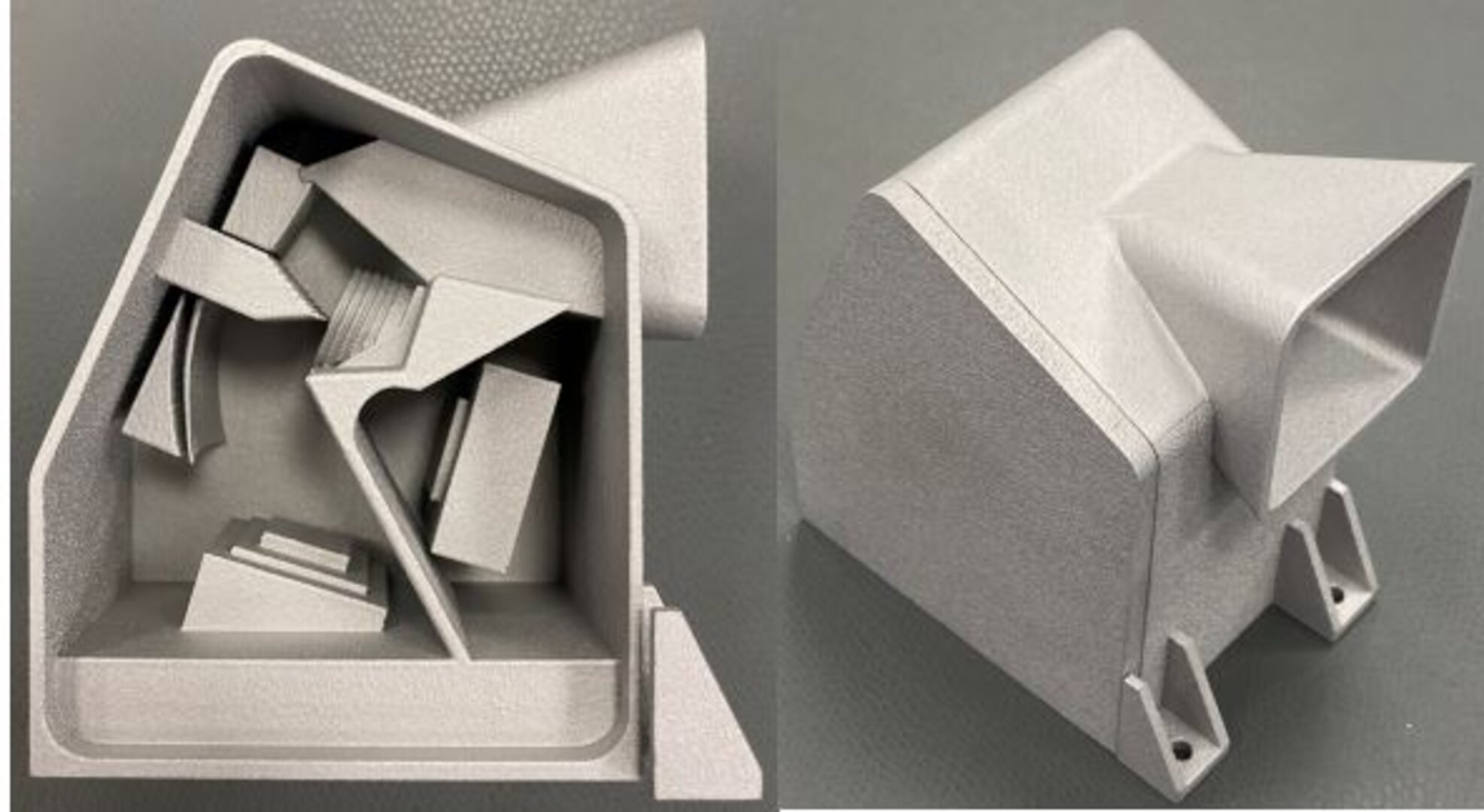New MultiSpectral Camera
A new TDE activity with Cosine, Netherlands, and GMV, Spain, has further developed a multispectral camera designed in a previous TDE activity that could be used to help with precise navigation, such as rendezvous and docking or for debris removal.
Multispectral cameras (cameras that image both visible and thermal infrared light) provide useful information for helping a spacecraft to navigate, resulting in a more robust solution than just using traditional navigation tools.
Images acquired in these two spectral ranges are complementary for navigation. While visible-to-near infrared images can exhibit very high spatial resolution, they can only be acquired where the light is favourable, whereas thermal infrared images are limited in terms of spatial resolution but are not dependent on illumination. Using both together dramatically increases the robustness of any proposed navigation approach.
In this activity, a dual-channel optical unit has been developed for just such a camera. It is based on COTS lenses and uses camera heads previously used in aerial applications. Both heads have been integrated in a single mechanical housing and are controlled by a single electronics and software system, which performs image grabbing and pre-processing, before handling the data transfer with the Image Processing Units and executing the navigation algorithms. Vision-based navigation is then performed by image-processing algorithms, which are implemented in real time to produce data for a variety of navigation scenarios.
The quality of the images generated with the developed camera would be suitable for both co-operative scenarios, such as the rendezvous and berthing of the Lunar Ascent Element, or non-cooperative rendezvous scenarios, such as debris removal. In fact, the high spatial resolution allows detection of relatively small debris, meaning this instrument could be effectively employed within the Clean Space Initiative, for active debris removal.
TDE activity 4000125880 closed in January 2021.


